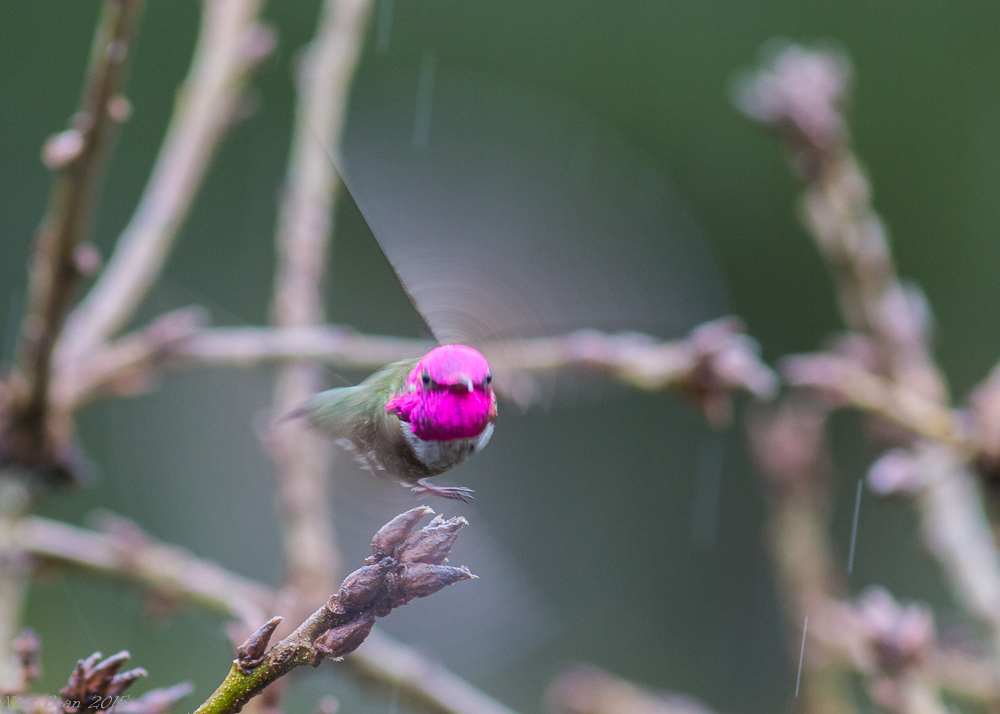Subjects in motion can make for some great imagery. Whether its the whole subject thats moving, like a sports player, or part of a subject, like a river or waterfall in a landscape, the act of either freezing the motion of luring the motion leads to interesting images that we don’t normally perceive with the naked eye.
Subject movement and how to render it in an image is very subjective. It depends entirely on what you want to convey to your audience. When dealing with a moving subject, you have 4 choices:
- Both subject and background sharp
- Subject blurred and background sharp
- Subject sharp and background blurred
- Both subject and background blurred
In this lesson we are talking about sharp backgrounds – that is, the camera is not moving. The camera could be either hand held or on a tripod, but either way the camera is stationary with respect to the background to that the background is rendered as sharp as possible.
Motion blur is what happens when the shutter is open long enough for the subject to noticeably move during the exposure. Lets say you are photographing a waterfall. You want the landscape around the falls to be sharp, but your subject – the water – is moving. If you use a very fast shutter speed, like 1/500th or 1/1000th of a second, there is a good chance you will appear to freeze the water, and be able to pick out individual drops of water. This is because the water has not had a chance to move much (less than 1mm) during the very short time the shutter was open. On the other hand, if you use a very slow shutter speed, like 1/2 a second or event one or two seconds, the water will be blurred because it has moved an appreciable distance during the time that the shutter was open – the camera is seeing streaks of like reflected from the water, not just a point of light from each part of the water.
Because the subject – sports person, animal, water, etc – is moving through or past the background, we need to decide how much motion blur to impart on the subject. This is entirely a shutter speed selection problem. The slower the shutter, the more blurred the subject will appear. The faster the shutter, the more likely we are to stop the motion and render the subject sharply.
The key points to achieving a successful image where motion is involved are:
- Know your subject and how it moves
- Experiment with camera movement and shutter speed
- Practice, and learn from the successes and failures
As a very rough guide, to achieve a motion blur effect with flowing water can look good with shutter speeds from 1/8th of second and slower. To stop the motion in fast moving sports, go for 1/250th of a second and faster.

